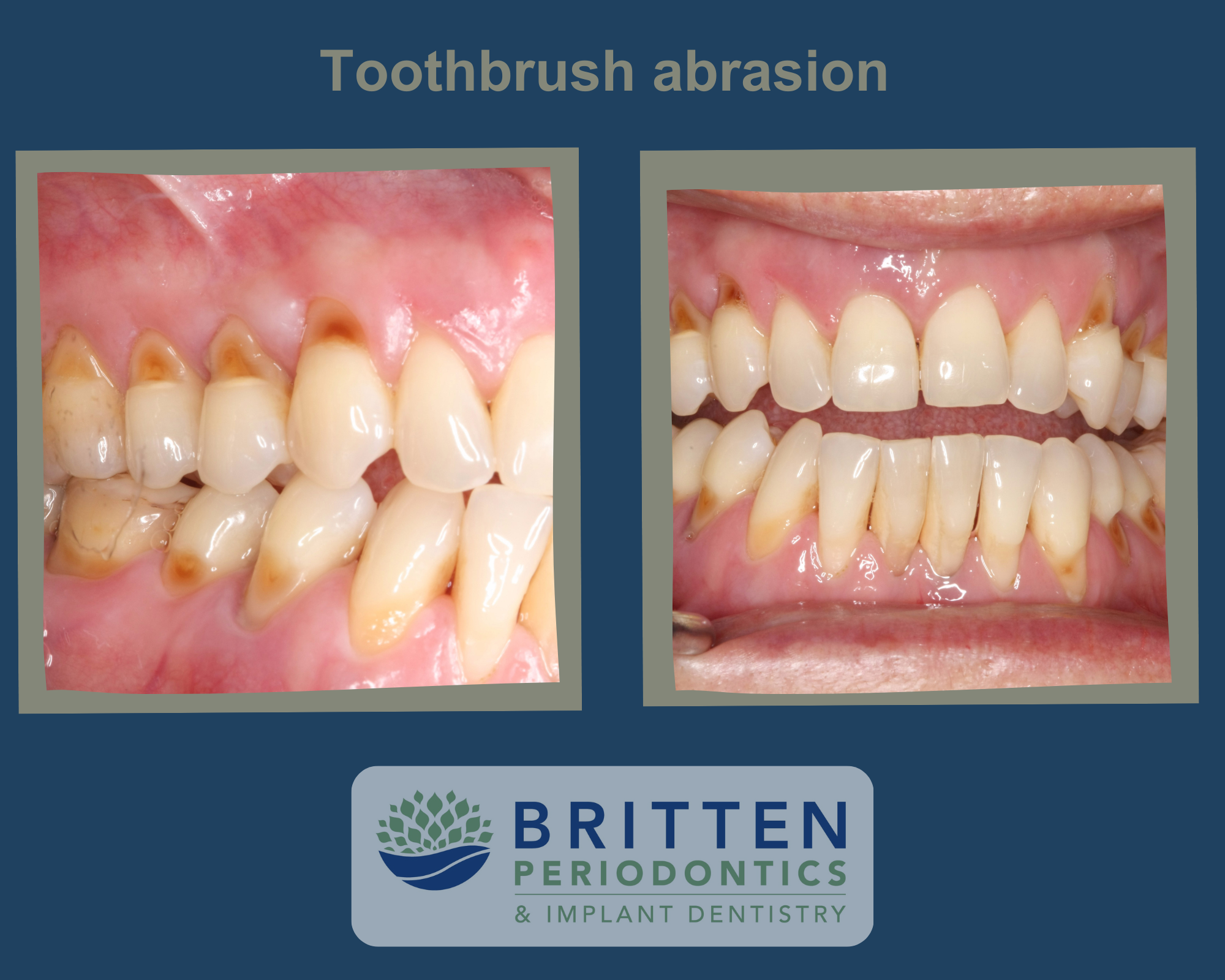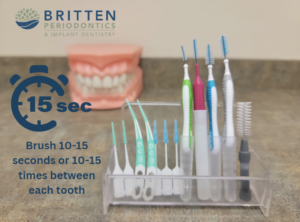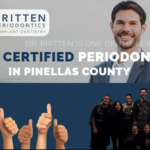Understanding Toothbrush Abrasion
Toothbrush abrasion refers to the wear and damage to the teeth and gums caused by improper or overly aggressive tooth brushing. This condition can lead to a variety of dental problems, including:
– Enamel Erosion: Over time, excessive brushing can erode the enamel, the hard outer layer of the teeth, making them more susceptible to decay and sensitivity.
– Gum Recession: Vigorous brushing can cause the gums to recede, exposing the roots of the teeth, which are more sensitive and prone to decay.
– Dentin Exposure: With enamel erosion and gum recession, the underlying dentin layer becomes exposed, leading to increased tooth sensitivity and risk of cavities.
– Tooth Wear: Abrasive brushing can cause visible wear on the surfaces of the teeth, affecting their appearance and function.
Preventing Toothbrush Abrasion
– Use a Soft-bristled Toothbrush: Choose a toothbrush with soft bristles to minimize abrasion on teeth and gums.
– Adopt Proper Brushing Technique: Hold the toothbrush at a 45-degree angle to the gums and use gentle, circular motions rather than harsh back-and-forth scrubbing.
– Limit Brushing Time and Frequency: Brush for two minutes, twice a day. Avoid brushing more than three times a day as it can cause more harm than good.
– Choose a Non-abrasive Toothpaste: Some toothpaste contains abrasive particles. Opt for those labeled as gentle or for sensitive teeth.
– Use Light Pressure: Apply only gentle pressure when brushing. If the bristles of your toothbrush splay out over time, you might be brushing too hard,
– Consider Electric Toothbrushes: Electric toothbrushes often come with pressure sensors and timers to help ensure you brush gently and for the correct amount of time. We love the Philips Sonicare!
If you suspect you have toothbrush abrasion, it’s important to consult your dentist. They can assess the extent of the damage and recommend appropriate treatments, such as desensitizing toothpaste, fluoride treatments, or in severe cases, gum grafting or dental restorations to repair loss of gum tissue and/or worn teeth.
Share this post on:







